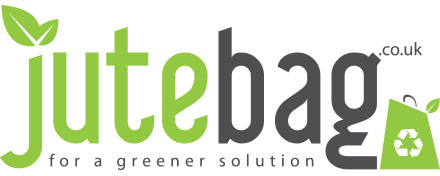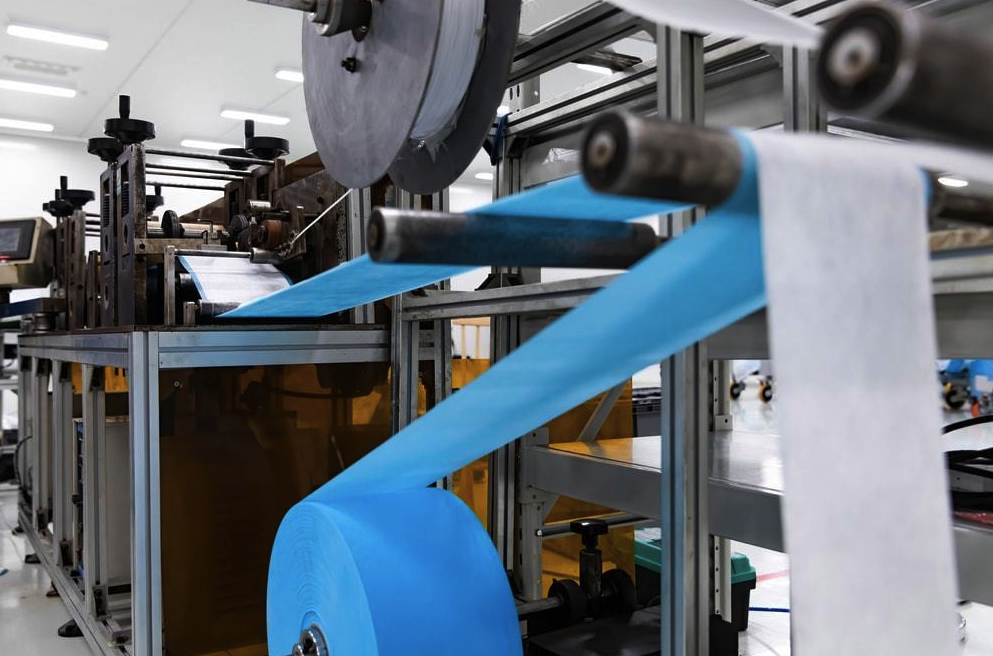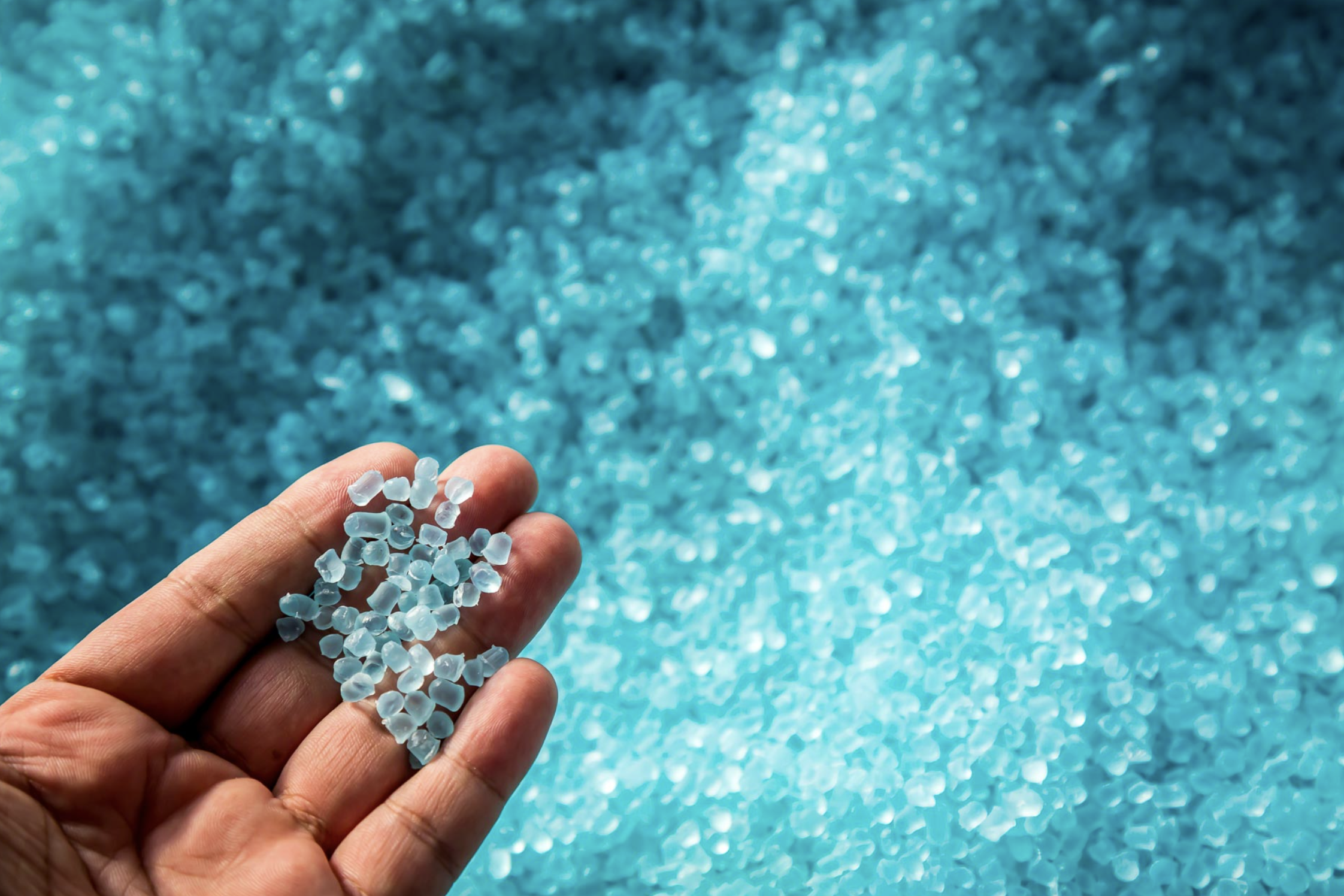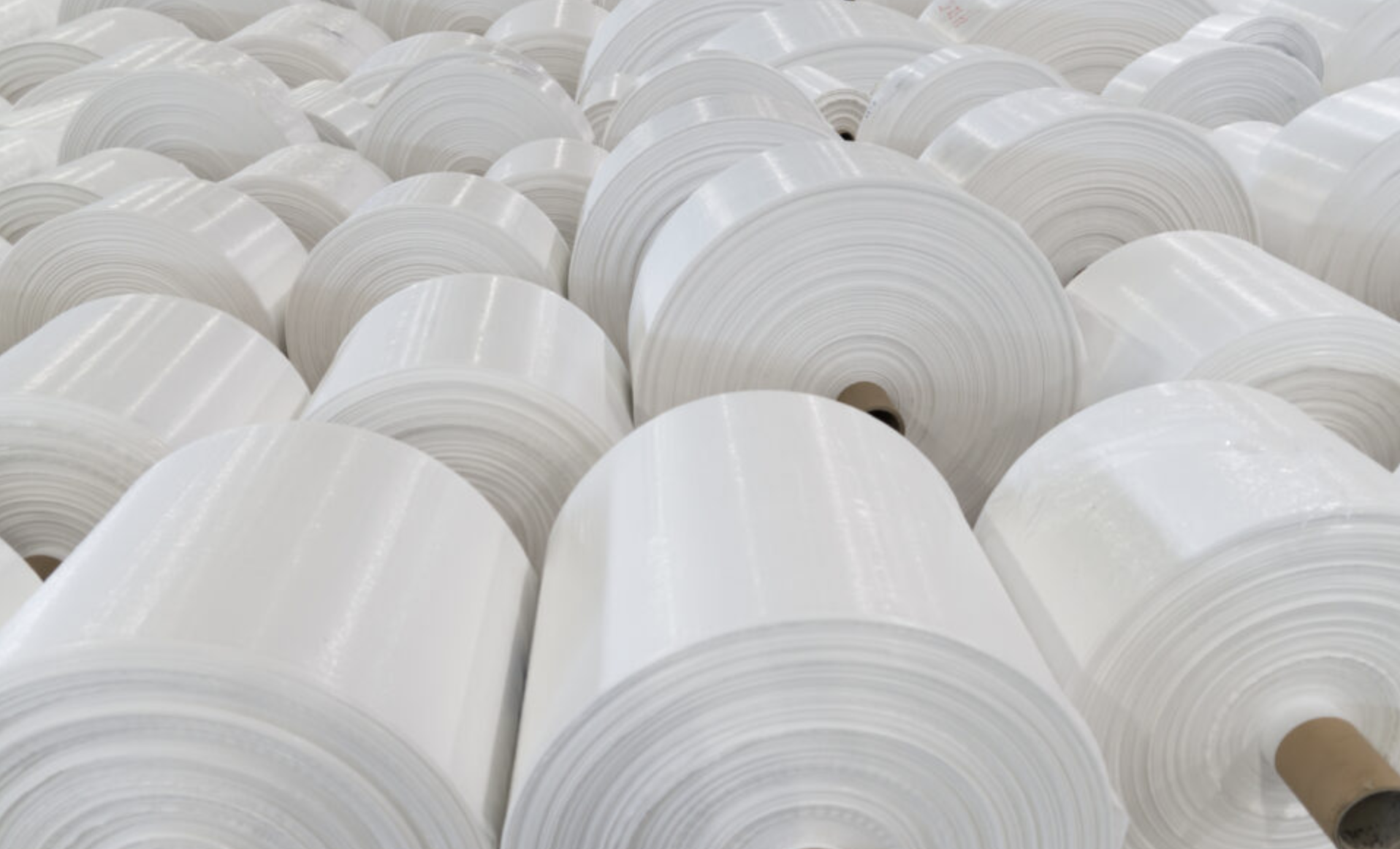Polypropylene Uses
Polypropylene is a type of thermoplastic polymer resin. It is a versatile form of plastic with a wide range of commercial, industrial, and fashionable applications. To further grasp the many uses of polypropylene, we must first examine its essential characteristics and benefits.
Advantages Of Polypropylene
The primary advantages of polypropylene are also the primary reasons producers in a wide range of sectors prefer it over other forms of plastic. Let’s have a look at some of the most crucial features and benefits:
- It is incredibly resistant to wear, tear, and fatigue, making it ideal for goods subjected to high degrees of physical stress.
- It has an extremely high melting point – approximately 20 degrees F – which lends itself to several applications in the food container sector and other heat-resistant applications.
- It has excellent colour fastness capabilities, so we may add colour to it without damaging the material’s quality.
- We employ it in waterproof solutions because it does not absorb moisture like other polymers.
- It is resistant to the sun and other factors, making it an excellent choice for outdoor applications.
- It is resistant to mould, rot, bacteria, and other contaminants, allowing us to use it for extended periods in indoor and outdoor locations without fear of harm.
To summarise, polypropylene is a more sustainable plastic than its competitors. It has several structural, chemical, and physical benefits; it is inexpensive to create, and we use it every day in practically every part of our lives. It would not be easy to live without it. As a result, we will now concentrate on the top five most popular uses of polypropylene.
Flexible and Rigid Packaging
Polypropylene has several packaging applications that you may not be aware of. In its adaptable form, polypropylene aims to replace cellophane, metals, and paper because of its superior qualities and reduced cost. Polypropylene film may be found in three major areas as a film and flexible packaging:
- Confectioneries and food.
- Cigarettes.
- Garment.
Polypropylene is used in a variety of industries, including caps and closures for pallets, boxes, flasks, Just-in-Time (JIT) storing solutions, package bottles, and jars (condiments, detergents, and toiletries), and thin-wall vessels (yoghurt cups, disposable hot drinks cups, etc.).
Medical Applications
Apart from the fact that polypropylene may be found in every medical laboratory that employs plastic in any shape or for any reason, one of the most well-known clinical applications is the synthetic, non-absorbable suture Prolene.Surgeons often employ it in prolapse repair procedures. Polypropylene is widely utilised in the medical industry for equipment, instruments, containers, and other purposes.
Fashion and Sports Industries
When you consider the benefits and qualities of polypropylene, it is easy to see why this material is the preferred material for the sports, clothes, and fashion sectors.
- Polypropylene is used in constructing outdoor supplies and equipment due to its resistance to wear, tear, sun, elements, mould, bacteria, and notably, water.
- Tote bags and cinch bags are two of the most common polypropylene applications in the sports and fashion industries. These bags are strong, sturdy, long-lasting, reusable, waterproof, and lightweight.
- Furthermore, because polypropylene works so well with long-lasting colours, you may customise them with images, logos, monograms, prints, etc. Polypropylene bags, drawstring bags, and duffel bags are essential for dynamic individuals seeking individualised comfort, utilitarianism, beauty, and affordability.
- Polypropylene is an excellent addition to sports apparel, equipment, and undergarments — we see it in cold-weather backfill material for winter sports and warm-weather gear for summer activities since it keeps sweat away from the skin.
Aside from clothing and accessories – with the tote bag and cynch bag industries at the top of the list – current designers began to employ polypropylene for contemporary jewellery. All clothing, luggage, and jewellery share the material’s characteristics. They are long-lasting, adaptable, printable, resistant to fatigue and the weather, hypoallergenic, and trendy.
Consumer Goods
As we previously stated, this list is lengthy; we all utilise polypropylene daily, often without even realising it. Polypropylene can be found in the following consumer goods sectors:
- Carpets, mats, and rugs are examples of houseware. Polypropylene fibres are extremely durable, and the material’s colourfastness enables brilliant and robust carpets that withstand heavy use and maintain their colours fresh and vibrant for many years.
- Furniture – Polypropylene is used in many sorts of upholstery, and moulded polypropylene is a key “component” in indoor and outdoor furniture.
- Toys.
The Automotive Industry
Polypropylene is becoming increasingly prevalent in this industry. We use it not just for automobile dashboards but also for bumpers, cladding, exterior trim, film cushioning, film skins, coverings, interior parts, etc. Polypropylene has also succeeded in replacing the conventional painting in some particular applications.





